Getting started
Least squares revisited
Keep Calm And Diagonalize Matrices
The purpose of this page is to present the work performed by Stellar Space Studies for CNES, the French National Space Center, in the field of space geodesy. Everybody, in the world of Earth's gravity field determination from the GRACE and GRACE Follow-On missions, uses the least squares minimum. We have a different idea. Let's diagonalize matrices and truncate the eigenvalues instead.
Sum of the squares of the residuals
(linear approximation of f)
\[ \mathcal{S}(p) = \sum_{ i=1 }^{ n } \left( y_i - f(p)_i \right)^2 \approx \,^tX'DX' - 2\,^tS'X' + \alpha \]
What will you find here?
This page is about linear algebra, quadratic functions, paraboloids, diagonalization of normal matrices and truncation of eigenvalues. These are not difficult mathematics, but they still need to be applied for their results to be enjoyed.
export default {
algorithm: 'truncated-svd',
fallback: 'cholesky',
eigenvalues: {
number: 2601,
},
}
If you already read the Stellar Space Studies blog articles, you will find all the mathematical justifications here. We hope you will find this entertaining and that it will give you ideas to experiment in your own field of research.
Enjoy your visit, and send us a hello@stellarspacestudies.com!



